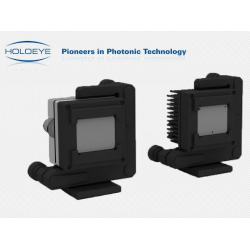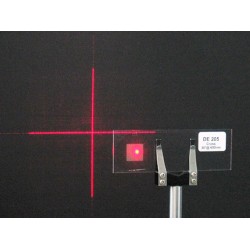PLUTO 2.1- HDTV phase only SLMs
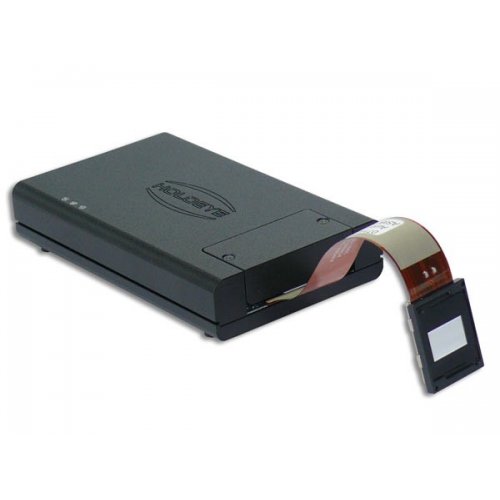
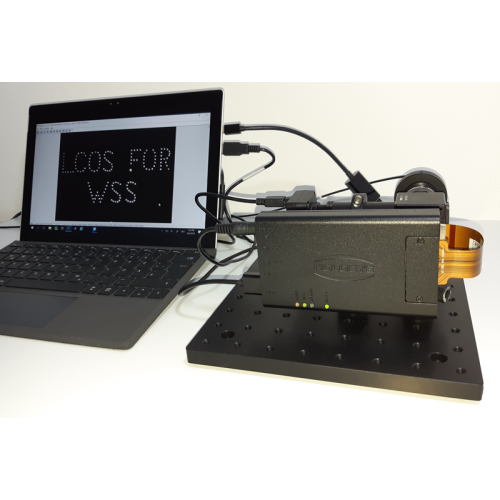
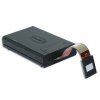
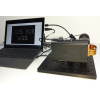
- Stock: Contact us for details
- Click here to: Contact us
- Model: HOLOEYE PLUTO
PLUTO HDTV phase only SLMs
PLUTO Series
- Reflective LCOS (Phase Only) display
- Dielectric mirror coated versions available
- 1920 x 1080 HDTV resolution, 8 µm pixel pitch
- Frame rate: 60/180 Hz
- Up to 93% fill factor
- 2π up to 1550 nm
- 15.36 x 8.64 mm (0.7" diagonal) active area
- 8-bit (256 grey levels) addressing
- HDMI & USB interface (PLUTO-2)
|
The PLUTO phase only Spatial Light Modulators (SLMs) are based on reflective LCOS microdisplays delivering 1920 x 1080 pixel resolution with an 8 µm pixel pitch. The SLM panel's high fill factor ensures a high light efficiency, the active area being 0.7” diagonal with an aspect ratio of 16:9. PLUTO is plug & play, offers fast full digital addressing, and can be programmed with phase functions via a standard graphics card as an extended monitor device using the supplied software. HOLOEYE offers different panel versions optimised for use with different wavelength ranges, and their new dielectric mirror versions enable use with higher incident power lasers due to the coating's reduction of absorption. |
Applications
|
PLUTO-2 driver
The new enhanced PLUTO-2 driver features an HDMI interface for addressing phase functions, a USB connection for advanced calibrations, and a trigger sync output for synchronising with external devices - such as colour-switchable lasers. The PLUTO-2 driver's faster addressing speed allows for a colour-field-sequential (CFS) mode at 180 Hz input frame rate and, as a bonus, also offers a more stable phase response.
The PLUTO-2 driver is equipped with a dual-core processor and on-chip memory, enabling user-programmed (Ubuntu™) additional functionality. For example, a slideshow of images can played back from a USB stick or internal memory.
High retardance
Panels are available with considerably higher phase retardation in comparison to the standard models, enabling up to 4π or even up to 6π phase functions to be addressed. This can be beneficial for wavefront functions, as it enables higher slopes and reduced transition points compared to the usual 2π encoding.
For some applications a stable phase response is required, and this can be accomplished by driving the High Retardance panel with 2π phase retardation settings. The driving forces to the LC molecules in such a configuration are reduced, so response time is slower, but the phase signal typically shows a standard deviation of 0.2-0.7% (wavelength dependent).
Model overview

| Version | Wavelength (nm) |
Refl. | Phase Shift (Max.) |
Notes | Application |
| PLUTO-2-VIS-014 | 420–650 | 65 % | 3.9π @ 530 nm 2.9π @ 650 nm |
Fast Response Time | |
| PLUTO-2-VIS-016 | 420–650 | 67 % | 6.7π @ 530 nm 5.4π @ 633 nm |
High Retardation | Low Phase Flicker |
| PLUTO-2-VIS-096 | 450–650 | 95-98 % | 3.1π @ 530 nm 2.5π @ 633 nm |
Dielectric Mirror | Higher Power Use |
| PLUTO-2-NIR-011 | 420–1100 | 65-75 % | 4.5π @ 530 nm 2.6π @ 850 nm 2π @ 1064 nm |
Broadband Use Fast Response Time |
|
| PLUTO-2-NIR-015 | 650–1100 | 65-73 % | 4.4π @ 850 nm 3.7π @ 1064 nm |
High Retardation | Low Phase Flicker |
| PLUTO-2-NIR-080 | 730–950 | 95 % | 4.8π @ 800 nm | Dielectric Mirror | Higher Power Use |
| PLUTO-2-NIR-049 | 1000–1100 | 93 % | 2π @ 1064 nm | Dielectric Mirror | Higher Power Use |
| PLUTO-2-NIRO-023 | 1000–1400 | 74 % | 4.1π @ 1400 nm | ||
| PLUTO-2-TELCO-013 | 1400–1700 | 80 % | 3.5π @ 1550 nm |
Software
Each PLUTO spatial light modulator is supplied with a high-end HDTV graphics card, display mount and extended driver software that offers:
- Real-time holograms (for optical tweezers or holographic projection applications)
- Diffraction gratings

- Lenses
- Axicons
- Apertures
- Beamsplitters
Extra features and functions not found in the standard software are included along with a LabVIEW™ SubVi for the enhanced addressing of optical functions for home-brew applications.
Please contact us for the latest price.
A number of papers have been published by scientists around the globe who have used a HOLOEYE PLUTO SLM in their research. Here are some examples:
- Complex light modulation for lensless image projection
- Microassembly of complex and three-dimensional microstructures using holographic optical tweezers
- Shape invariant higher-order Bessel-like beams carrying orbital angular momentum
- Optical reconstruction of digital off-axis Fresnel holograms using phase-only LCOS SLM "HOLOEYE PLUTO VIS"
A database of published papers, searchable by device or application, can be also found on the HOLOEYE website here.
PLUTO-2 SLM Product Introduction
Configuring the PLUTO-2 SLM
Elementary Optical Functions
The HOLOEYE Spatial Light Modulator Pattern Generator software was developed for use with all HOLOEYE SLM models. The software allows the simple generation of diverse dynamic optical functions like gratings, lenses, axicons and apertures as well as the calculation of diffractive optical elements (DOE) from user defined images.
Besides the generation of DOEs a wide range of basic optical functions can be created directly via the menu bar. After input of the required parameters the output image appears in a new window. There are several binary and multilevel optical functions possible:
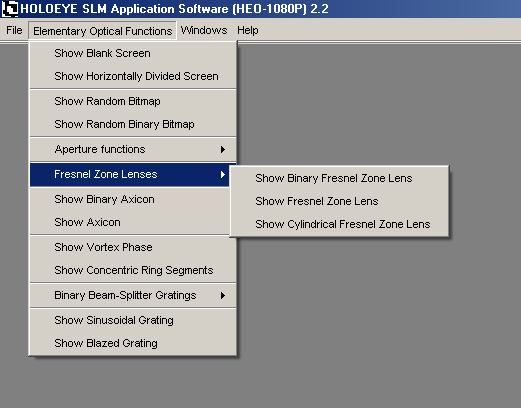
- Blank Grey Level Screen
With this function you can create a homogeneous gray level screen.
- Horizontally Divided Screen
With this function you will create a horizontally divided screen, consisting of two homogeneous graylevel partial screens.
- Random Bitmap
With this function you will create a random pixel distribution using 256 grayscale values. This function can be used to realize the optical function of a random phase plate.
- Aperture Functions
- Rectangular Aperture
- Circular Aperture
-Single Slit and Double Slit
- Fresnel Zone Lenses
-Binary Fresnel Zone Lens
-Multilevel Fresnel Zone Lens
-Cylindrical Fresnel Zone Lens
- Binary Axicon
With this function you will create a Binary Axicon graylevel image representation.
- Axicon
With this function you will create a 256-level Axicon graylevel image representation.
- Vortex Phase
Use this function to create a 256-graylevel image representation of a vortex phase.
- Concentric ring segments
Use this function to create binary images consisting of concentric ring segments.
- Binary beam-splitter gratings
-Linear Gratings and Crossed Linear gratings
-Exemplary binary beam-splitter designs
- Sinusoidal Grating
With this function you will create a sinusoidal grating.
- Blazed Grating
With this function you will create a blazed grating.
- Calculating a beam-shaping phase function for Gaussian Input beams
-Transformation of a Gaussian beam to a circular ‘flat-top’ beam
-Transformation of a Gaussian beam to a rectangular ‘flat-top’ beam
- Superposition with an additional phase map
- e.g. for compensation of aberrations of the optical system or of the SLM





